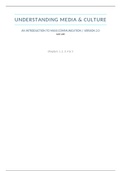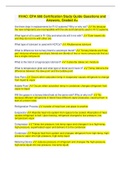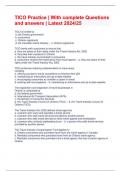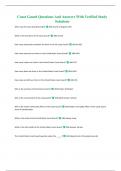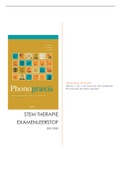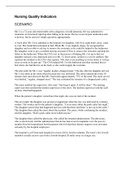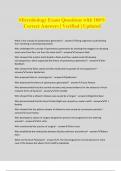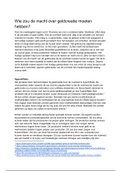Samenvatting
Summary Industry MED1 | Chapter 1-5 | Understanding Media & Culture
- Vak
- Industry (MED1)
- Instelling
- NHTV (NHTV)
Summary of chapter 1, 2, 3, 4 & 5 Understanding Media & Culture An introduction to mass communication version 2.0 Flatworld ISBN 5258 by Jack Lule Chapter 1 Media and culture Chapter 2 Media effects Chapter 3 Books Chapter 4 Newspapers Chapter 5 Magazines Breda University of Applied Sciences Int...
[Meer zien]
